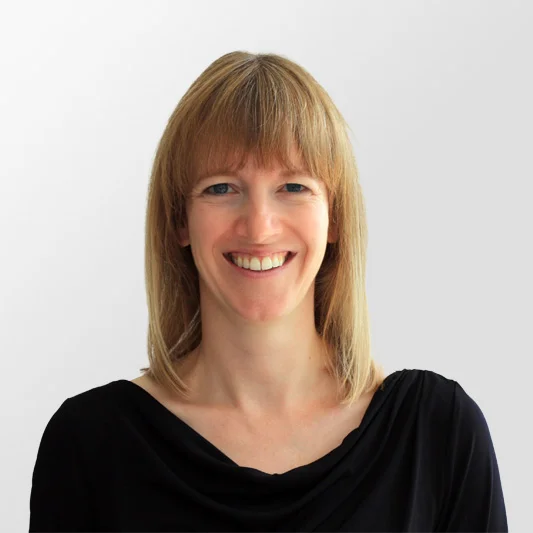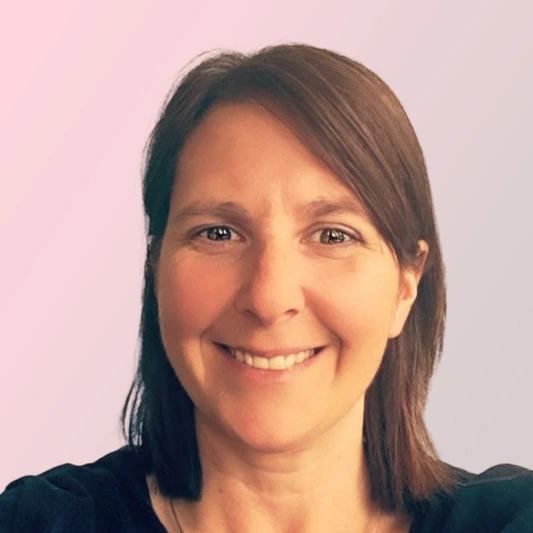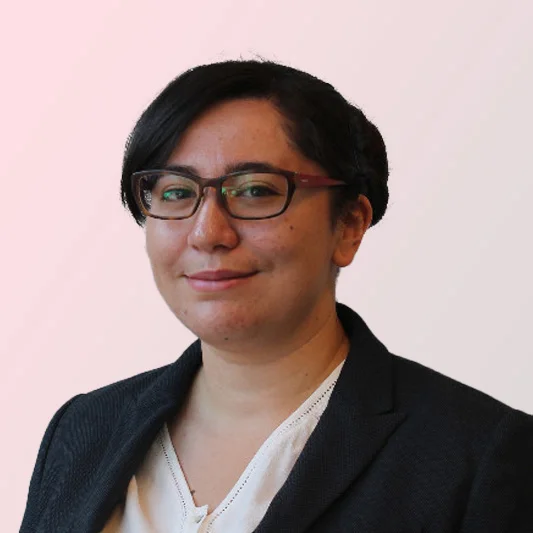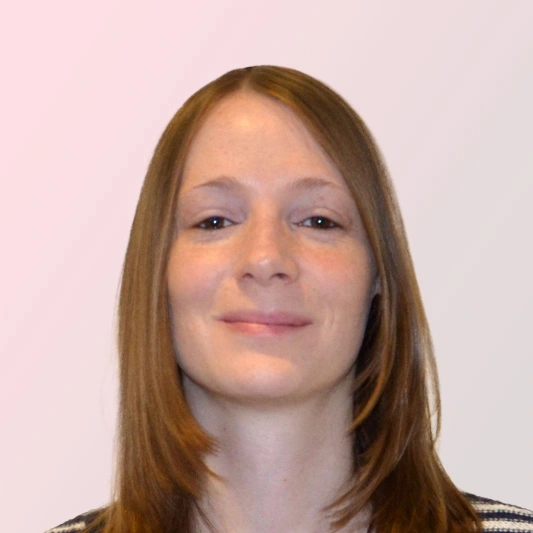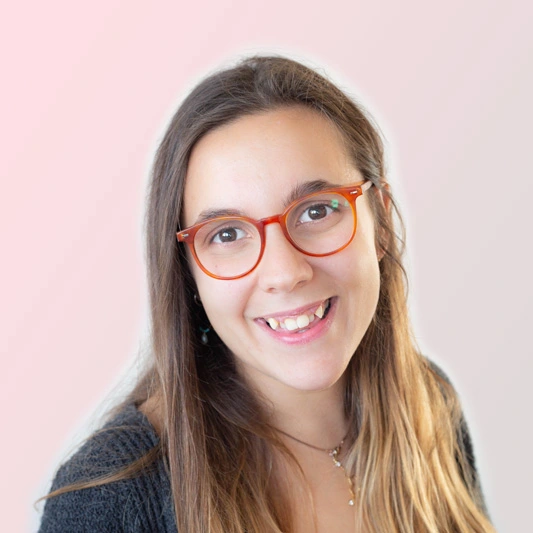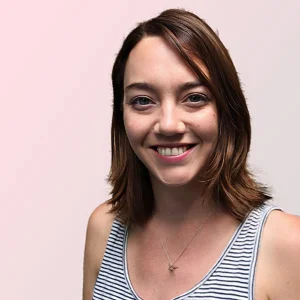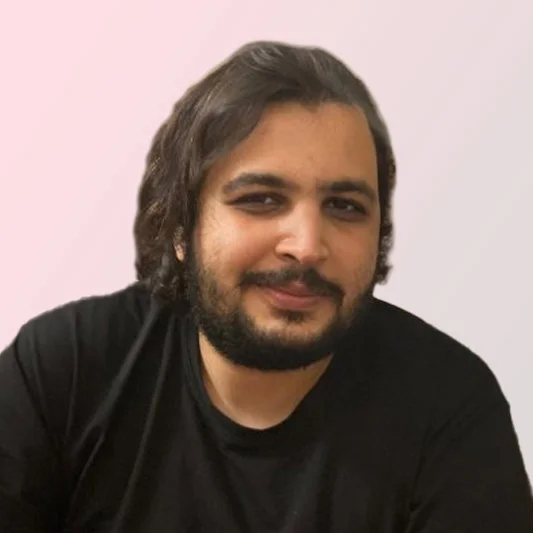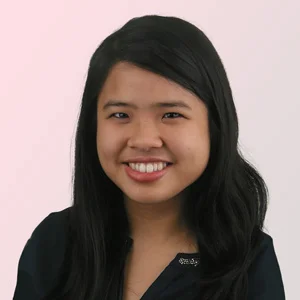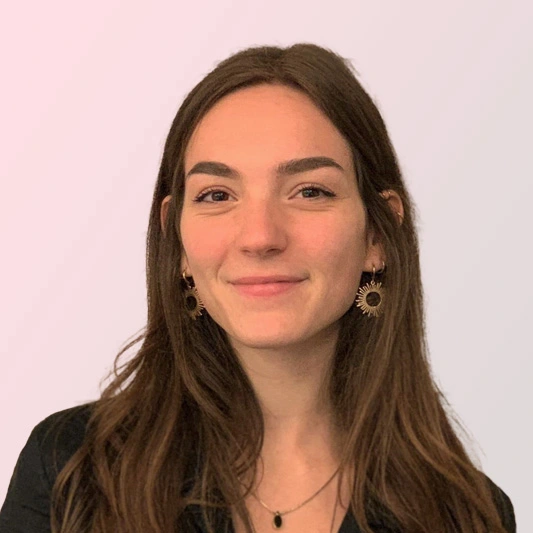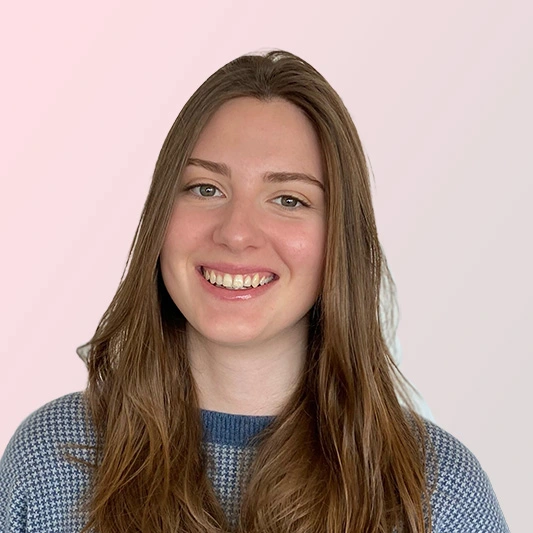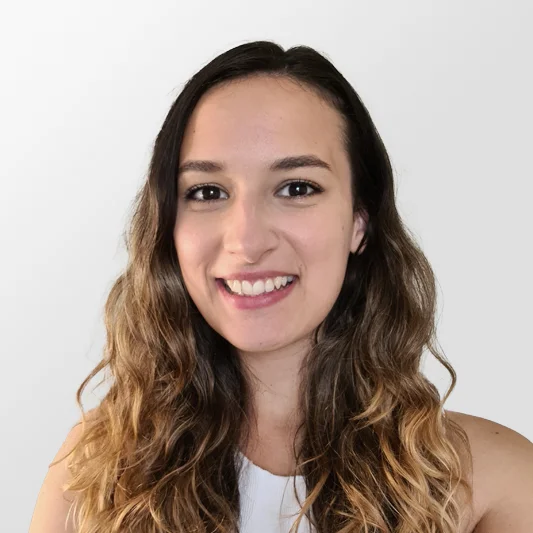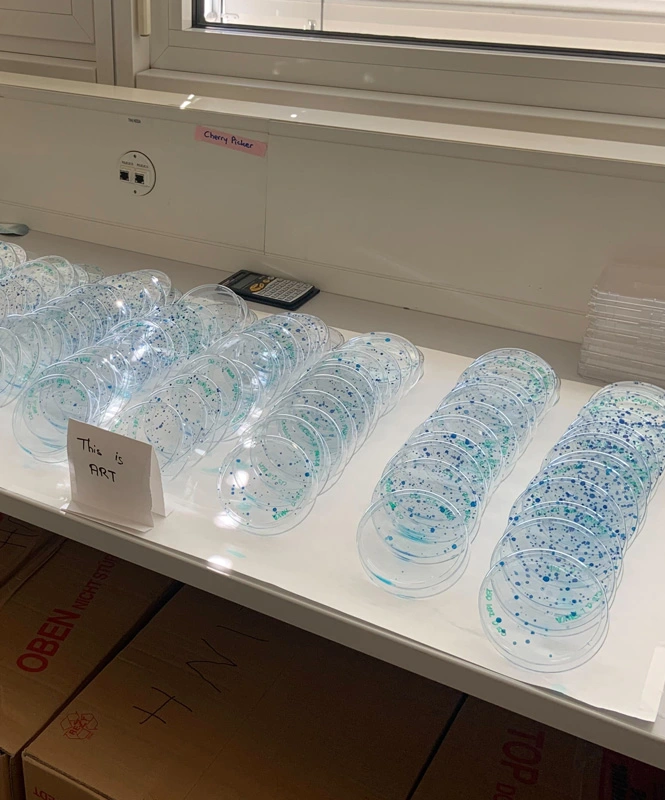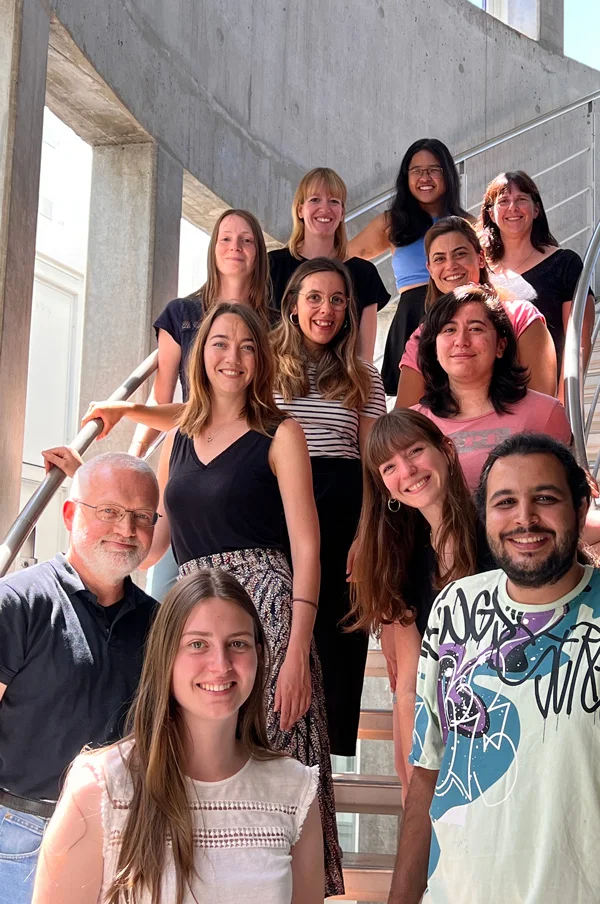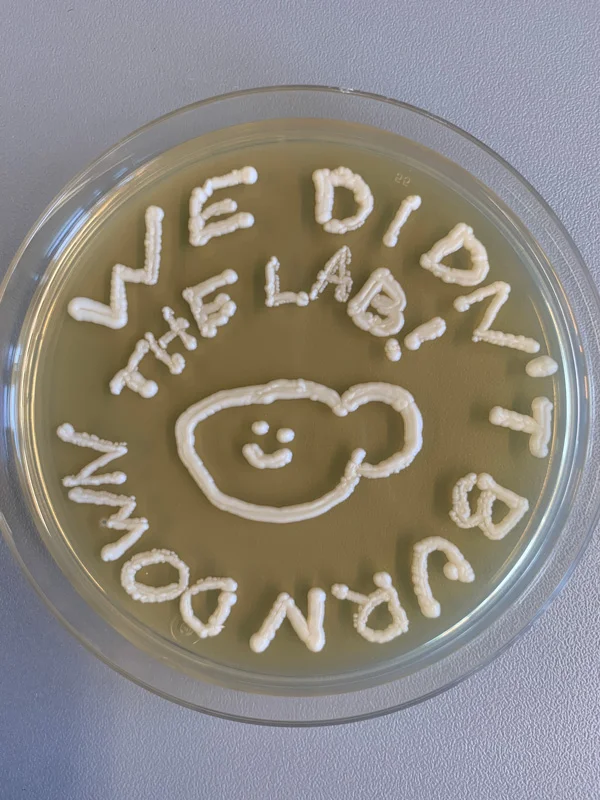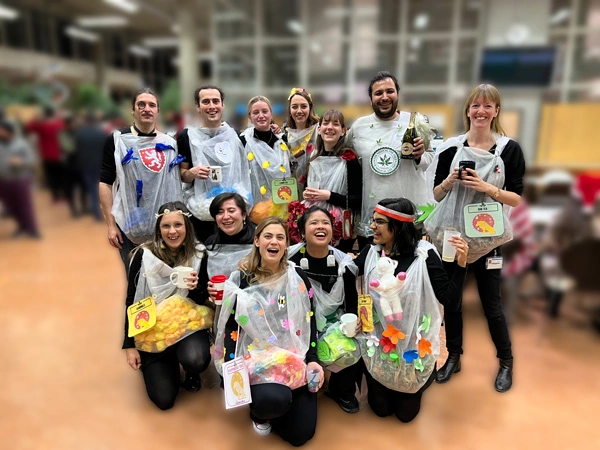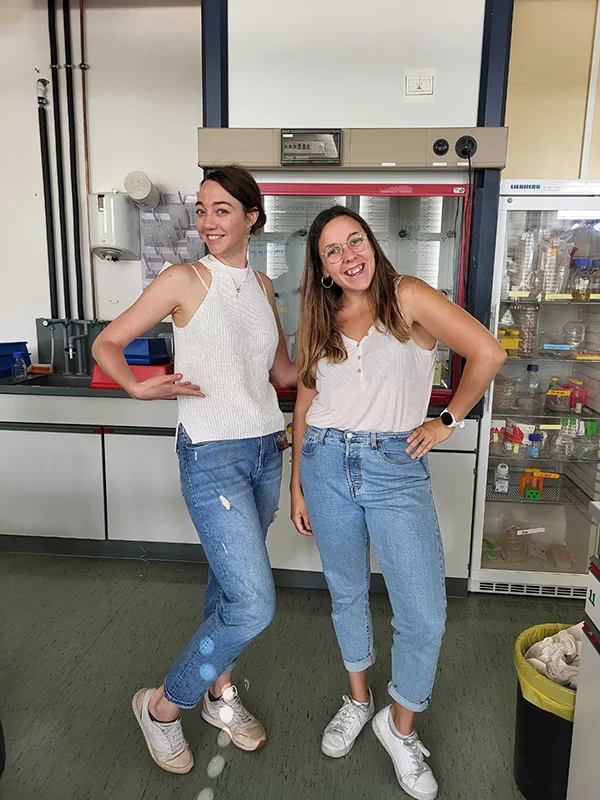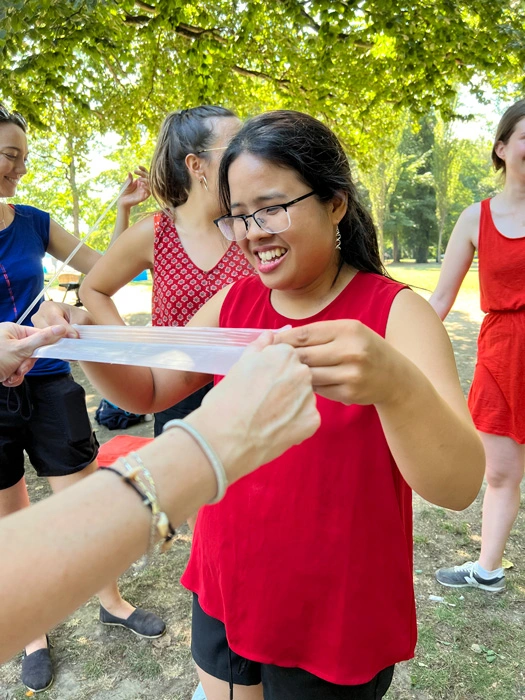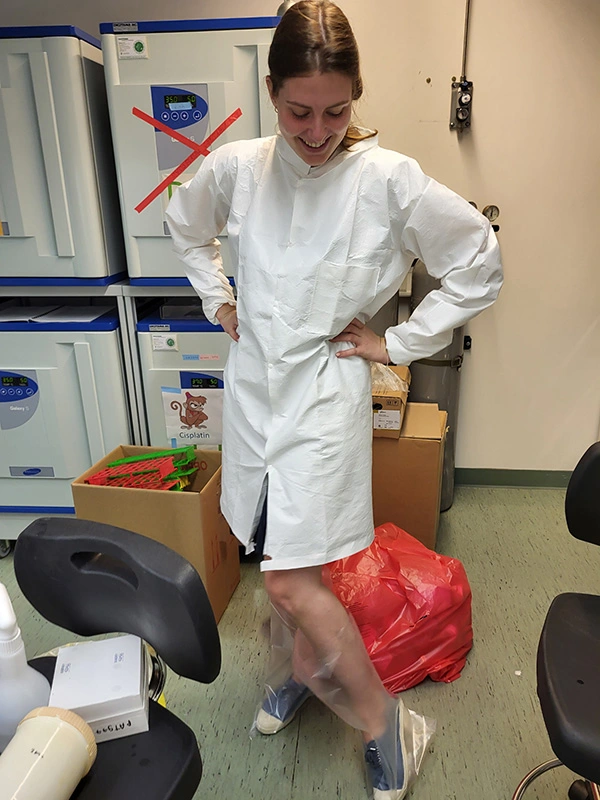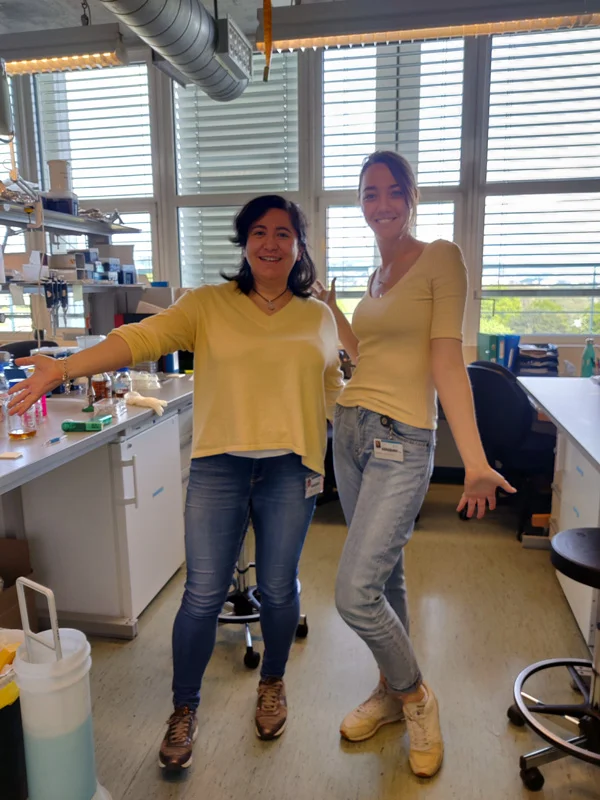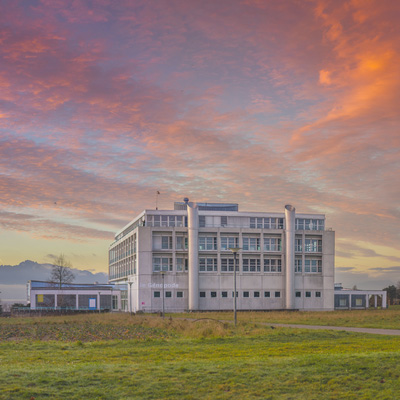Research
The sequencing of thousands of humans has led to the identification of people that are healthy despite carrying mutations that have been directly associated with severe early-onset Mendelian diseases, such as cystic fibrosis. A plausible explanation is that these individuals carry secondary mutations elsewhere in the genome that can compensate for the deleterious effect of the disease-associated mutation, a phenomenon referred to as genetic suppression. However, we currently lack the expertise to identify these suppressor mutations among the millions of variants scattered across the genomes of these resilient individuals. Understanding the general mechanisms of suppression will aid the identification of the genes in which suppressing mutations can occur, which in turn will help define molecular mechanisms of disease and identify potential drug targets to guide the development of therapeutics.
Expanding the yeast suppression network
We recently mapped a global suppression network in the budding yeast, Saccharomyces cerevisiae, based on both literature-curated interaction data as well as novel spontaneous suppressor mutations that we identified through genetic mapping and whole-genome sequencing. These interaction networks highlighted general mechanisms of suppression, and allowed us to make detailed predictions of gene function that were not obvious from other genetic or physical interaction data. Although genetic suppression interactions can overlap with other types of interactions, they mostly define novel gene-gene relationships. Thus, expanding the global suppression network offers a new opportunity for exploring the functional wiring diagrams of a cell. We are currently generating thousands of suppressor mutations of partial loss-of-function alleles of all essential yeast genes, which provides insight on suppression mechanisms for partial loss-of-function alleles, and greatly expands the yeast suppression network. This large-scale analysis also identifies critical residues or domains within each protein and provides new insights into protein structure-function relationships.
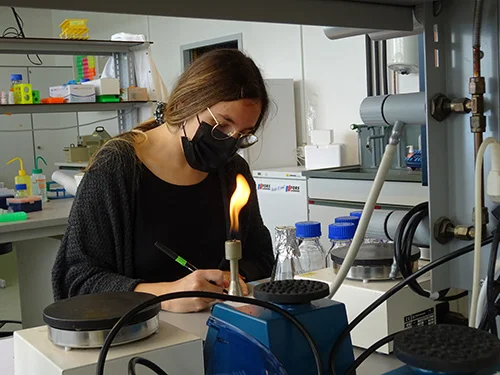
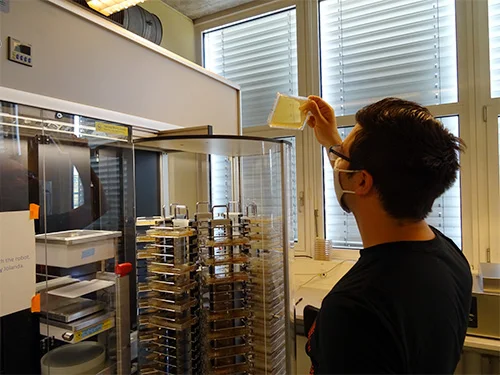
Understanding drug resistance by chemical suppression analysis
Suppression strategies can also be applied to explore mechanisms of drug resistance, by identifying suppressors of the sensitivity of cells to a chemotherapeutic agent. Often the mutation of multiple genes can confer resistance to a drug. For instance, mutations in six genes are known to result in 6-thioguanine resistance, and dozens of genes have been related to cisplatin-resistance. To gain insight into the complex genetic interaction networks that underlie drug resistance, we are performing chemical suppression screens in a ‘wild-type’ cell line to identify genes that when mutated can confer resistance to a drug of interest. In subsequent CRISPR knockout screens, we use the resistant mutant cell lines to identify modifier genes that suppress drug resistance, and make the cells sensitive to the chemical agent again. This gains an understanding of the underlying mechanisms of chemo-resistance, and identifies potential new drug targets for combination therapies.
Suppression screens in human cell lines
The ongoing developments in CRISPR-technologies, together with the continued decline in sequencing costs, provide the opportunity to take the analysis of genetic suppression interactions to human cell lines. As most suppression interactions occur between genes that have a close functional connection, mapping suppression in human cells will gain valuable knowledge on gene and pathway function as well as on the functional wiring of a human cell. Furthermore, identifying suppressors of disease alleles may potentially yield new drug targets. We recently performed genome-wide CRISPR knockout screens in human haploid cell lines. This allowed us to identify a set of genes that are required for cell growth in all cell lines. These ‘essential’ genes are enriched for human disease genes, and are thus interesting targets for suppression analysis. As cells lacking one of these genes will have a severe fitness defect, making it difficult to perform standard genome-wide screens, we are developing new approaches to identify suppressor mutations for these genes.
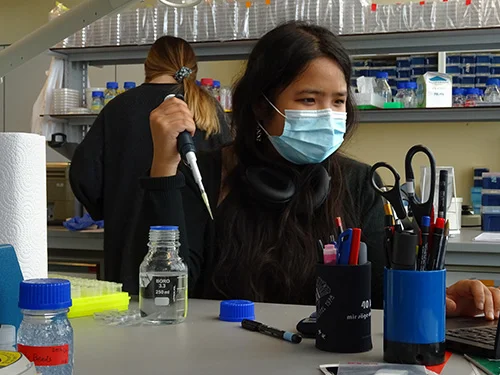
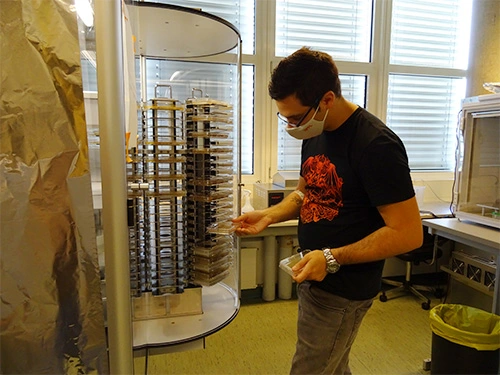
Higher-order suppression interactions
Although the isolation of suppression interactions between two genes provides valuable information on functional connections between genes, multiple mutations are likely involved in affecting the penetrance of any given allele in natural populations. To be able to fully understand genotype to phenotype relationships, we thus need to map interactions involving more than two genes. We are initially harnessing the power of yeast genetics to study these complex interactions. Based on our previous suppression studies, we have defined a set of genes that when mutated cause a fitness defect which is likely to be suppressible by multiple mutations, and we are currently experimentally trying to isolate these. In addition, we are comparing the complete set of genetic interactions for a mutant allele both in presence and absence of a suppressor mutation, which allows us to identify positive or negative modifiers of the suppression interaction. These projects gain further insight into mechanisms of suppression, and increase our understanding of how multiple mutations can combine to yield phenotypes.
